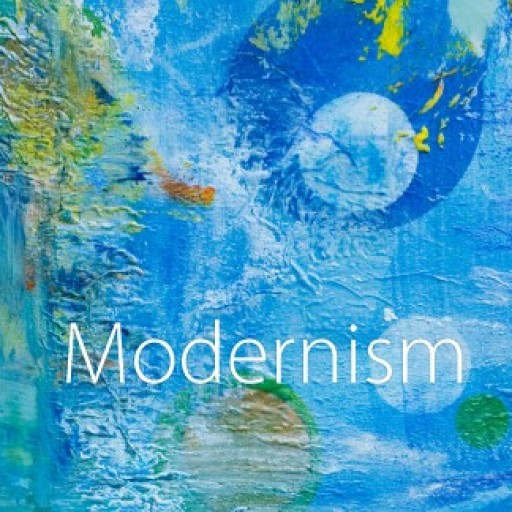“The Center Cannot Hold” Both in Europe and America
by Juliette Zhu
A perfect poem can become part of the culture’s water supply; Yeats’s “The Second Coming” is a great example, which has gone “viral in a distinctly predigital way” (Tabor.) In past decades, Yeats’s lines have had a strong impacts on literary works as well as popular culture. One example from popular culture is American Empire: The Center Cannot Hold, which takes a line from “The Second Coming” as the title of the fiction. This borrowing works perfectly well since these two works share common themes of war and civilization.
In the first stanza of “The Second Coming,” Yeats regards the history as a cycle of declines and regeneration, looking forward to the new manifestation of God. Yeats describes the frequent political upheavals, the chaotic and cynical civilization, and the brutal social culture in post-WWI Europe. In the second stanza, Yeats argues that those chaos disintegrations, and collapse will be replaced by the coming of “rough beast”. The depressed and desperate attitude of Yeats towards future goes along with the tone in The Center Cannot Hold.
American Empire: The Center Cannot Hold is an alternate history fiction of America, located under the circumstance that Confederate States have won the civil war and the Second Mexican War. This fiction re-imagines events and circumstances in early twentieth century North America, discussing the past, present, and future. This reimagined history fits into Yeats’s prediction of the future Europe regarding the falling apart of civilization. In The Center Cannot Hold, under the influence of the Great Depression, the civilization collapses rapidly: “When the bottom falls out of the economy following the collapse of the stock market and workers on both sides of the Mason-Dixon line find themselves out of work, major political upheaval results” (Sokya.) In this story, the economic depression causes political chaos, which results in the collapse of society. The title vividly refers to the chaos depicted in these lines from Yeats’s “The Second Coming” directly: Things fall apart; the centre cannot hold (3). After the WWI, the centralized order in Europe collapsed and transformed into radicalism. In the novel, since Confederate States won the war, the slavery would still be legal in America, which is also a representation of failed center in terms of civilization. In this post-war society, traditions and civilization were destroyed, as the reality of the society, which happened in both Europe and America. Therefore, borrowing the title from Yeats’s line in depicting the downfall of European society is a good way to reflect this altered American history.
Works Cited:
Soyka, David. Review of American Empire: The Center Cannot Hold. 2003. Web.
https://www.sfsite.com/01a/ae143.htm
Tabor7, N. “No Slouch.” The Paris Review RSS. The Paris Review, 7 Apr. 2015. Web. 25 Sept. 2015.
Yeats, B.W. The Second Coming

I find your post very interesting and I like the way you link the analysis of Yeats’s poem with European and American history, underlining the ideas of chaos and collapse. In particular, I find compelling your conclusion, when you explain that in post-war societies, both European and American, tradition and civilization are destroyed and the idea of using Yeats’s line to describe this tragic situation is an effective choice.
Francesca